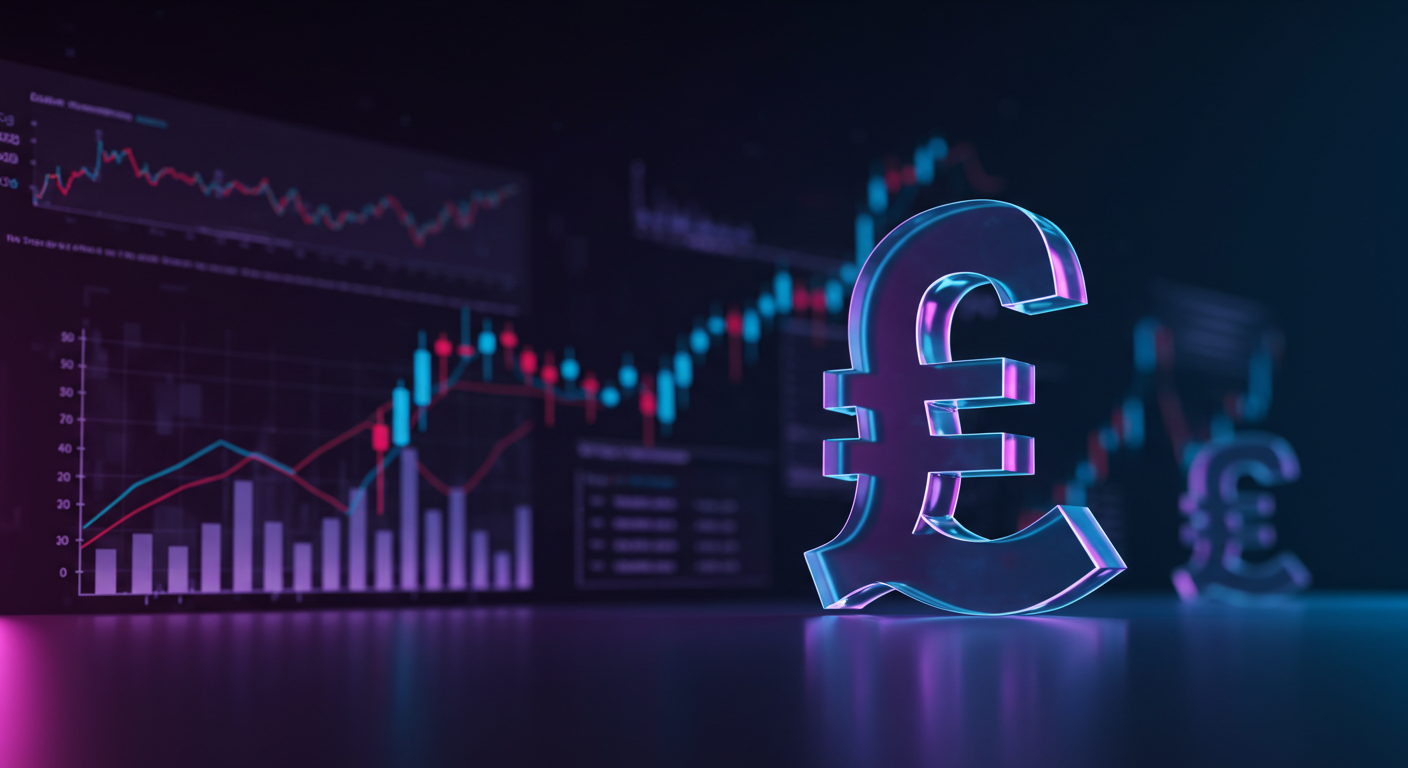
Kebiasaannya, berdagang bermaksud anda perlu terpaku di meja, fokus kepada skrin, menunggu detik sempurna untuk membuat pergerakan. Ini adalah dunia yang hanya terbuka kepada pedagang institusi, dana lindung nilai, dan golongan elit kewangan yang mempunyai akses kepada teknologi tercanggih. Namun kini, landskap ini telah berubah.
Kini, disebabkan AI dan platform perdagangan mudah alih, pedagang runcit boleh memasuki arena perdagangan dengan tahap wawasan, kelajuan, dan ketepatan yang setara dengan profesional. Dengan algoritma yang mengimbas pasaran secara masa nyata dan telefon pintar yang membolehkan pelaksanaan lancar, pedagang moden kini lebih berkuasa berbanding sebelum ini.
Tetapi di sebalik teknologi yang canggih ini, apakah maknanya untuk pedagang seperti anda? Ia bermaksud kebebasan. Kebebasan dari kekangan lokasi, kebebasan daripada membuat keputusan secara emosi, dan kebebasan untuk berdagang mengikut gaya sendiri.
Jadi, mari kita terokai bagaimana AI dan platform mudah alih sedang mengolah peraturan dunia perdagangan dan bagaimana anda boleh memanfaatkannya.
Rakan Perdagangan Terpintar Yang Pernah Anda Miliki
Bayangkan anda mempunyai seorang pembantu yang bekerja 24/7, membuat pengiraan, menganalisis trend global dan mengenal pasti peluang. Semua aktiviti ini dijalankan sebelum anda bangun dari tidur. Itulah AI dalam dunia perdagangan. Ia bukan sekadar automasi. Ia pencetus kepada perdagangan yang bijak.
💡 Meramal Trend Pasaran – Algoritma AI memproses ribuan data dalam beberapa saat, mengenal pasti corak dan meramalkan pergerakan harga sebelum pasaran bertindak balas.
⚡ Mengautomasi Strategi – Tetapkan syarat anda, dan AI akan melaksanakan perdagangan tanpa ragu-ragu, menghapuskan bias emosi dan memastikan pelaksanaan sepantas kilat.
🛡 Pengurusan Risiko Secara Automatik – Alat berasaskan AI boleh menilai volatiliti pasaran, memberi amaran tentang potensi risiko, malah menyesuaikan strategi anda secara masa nyata untuk melindungi modal anda.
Bagi pedagang, ini bukan hanya soal membuat keputusan dengan lebih pantas, tetapi membuat keputusan yang lebih baik. AI memberikan pedagang runcit pandangan analisis yang setanding dengan pelabur institusi.
Pasaran Di Hujung Jari Anda
Tidak perlu lagi tergesa-gesa untuk menyemak pasaran. Tidak perlu lagi terlepas peluang hanya kerana anda tidak berada di hadapan komputer. Dengan perdagangan mudah alih, pasaran bergerak seiring dengan anda.
📲 Makluman Masa Nyata – Terima notifikasi segera apabila paras harga utama dicapai, memastikan anda tidak terlepas perdagangan penting.
📊 Carta Bertaraf Profesional – Platform seperti MT4, MT5, dan TradingView membawakan alat analisis lanjutan terus ke telefon anda.
⚡ Pelaksanaan Sekali Sentuh – Sama ada anda di rumah, dalam perjalanan atau sedang minum kopi, anda boleh buka dan tutup perdagangan dalam beberapa saat sahaja.
Dengan platform mudah alih, perdagangan tidak lagi terikat dengan masa atau tempat tertentu. Pasaran dibuka 24/5. Dan kini, anda juga begitu.
Kenapa Teknologi Penting
AI dan platform mudah alih bukan hanya sekadar memudahkan perdagangan. Ia mengubah hakikat sebenar permainan ini.
✅ Akses Lebih Luas – Tak perlu perisian mahal atau terminal eksklusif, cukup dengan sambungan internet dan telefon pintar.
✅ Lebih Kawalan – Sama ada anda gemar berdagang secara manual atau automatik, alat moden membolehkan anda menyesuaikan pengalaman anda.
✅ Lebih Kecekapan – Daripada menghabiskan masa berjam-jam menganalisis carta, AI akan melakukan kerja berat, membolehkan anda fokus kepada strategi.
✅ Lebih Pantas – Dalam pasaran di mana setiap saat bermakna, teknologi memastikan anda sentiasa berada dalam perlumbaan.
Bagi pedagang yang ingin memperoleh kelebihan dalam pasaran yang semakin kompetitif, inovasi ini bukan sekadar berguna. Ia adalah keperluan.
Pilih Teknologi Yang Sesuai Dengan Gaya Perdagangan Anda
Tidak semua platform dicipta sama. Untuk memanfaatkan AI dan perdagangan mudah alih sepenuhnya, anda memerlukan alat yang sejajar dengan matlamat anda. Berikut adalah perkara-perkara yang perlu diperhatikan:
💻 Keserasian – Pastikan platform perdagangan anda berfungsi dengan lancar di desktop, peranti mudah alih dan tablet untuk pengalaman yang seragam.
📈 Alat Yang Penuh Ciri – Cari amaran boleh suai, carta lanjutan, tetapan pengurusan risiko, dan integrasi dengan pembantu AI.
🔗 Penyelarasan Akaun Tanpa Gangguan – Platform seperti MT4, MT5 dan TradingView memastikan data anda kekal konsisten di semua peranti.
Di VT Markets, kami menawarkan alat tercanggih yang menggabungkan analisis berkuasa AI dengan platform perdagangan yang diutamakan untuk mudah alih, memastikan anda memiliki teknologi untuk berdagang seperti profesional, di mana-mana sahaja anda berada.
Masa Depan Perdagangan Sudah Tiba
AI dan platform perdagangan mudah alih bukanlah visi untuk masa depan. Ia adalah realiti masa kini.
Pedagang yang menerima teknologi ini bukan sahaja akan bertahan dalam pasaran yang sentiasa berubah, malah, mereka akan bergerak maju. Sama ada anda memperhalusi strategi menggunakan pandangan AI atau melaksanakan perdagangan melalui telefon anda, kuasa kini berada di tangan anda.
📍 Pasaran telah berubah. Adakah anda bersedia untuk berubah bersamanya?







